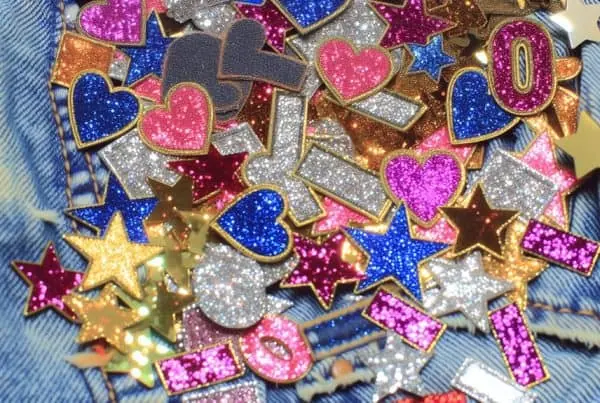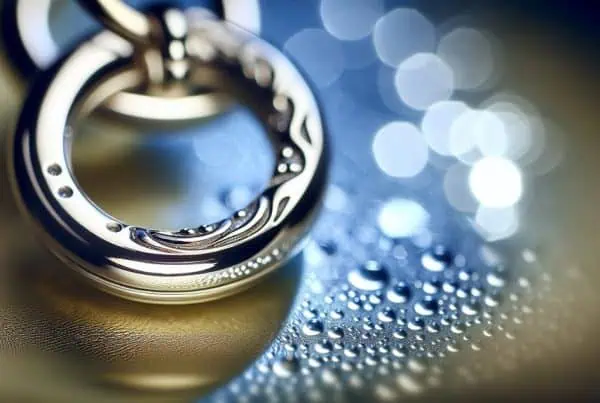PVC is one of the oldest man-made materials, and it has numerous modern applications. The complete name of PVC is polyvinyl chloride. The material feel of PVC is similar to that of rubber, and it is esteemed for its strength, so it is widely used on the lookout and in everyday life. PVC can be partitioned into two sections;
- Delicate PVC
- Hard PVC
Delicate PVC elastic is the most renowned member of the PVC family. It exhibits great adaptability, making it easy to shape while remaining strong. Therefore, it is used for creating soft, customized designs of 2D and 3D artworks.
What are PVC Backing Patches or PVC Velcro Patches
Velcro-backed polyvinyl chloride personalized emblems are profoundly solid. They are inclined to neither serious warmth nor extreme cold. PVC patches are waterproof and best suited for extraordinary outdoor conditions, such as a day off and mud. Hence, it is a popular choice for tactical jackets, police, security, and the armed forces.
Hard rubber-made designs can withstand practically any kind of hard stain, including paintballs, and remain immaculate in the harshest conditions.
Also known as resolve patches, military patches, or strategic patches, our custom PVC patches are similarly popular among individuals.
Applying PVC Customized Patch
There are two basic ways to attach rubber-made PVC patches to the fabric or garment. Either you can stitch them or you will have to stick them in using Velcro buttons back. Let’s talk about sewing soft rubber and custom PVC first.
SEWING/STITCHING
It appears to be very self-evident. However, sewing is one of the best ways to put a PVC patch on your garments. It is, indeed, the easiest and most direct approach to do it. Numerous producers recommend sewing PVC patches onto your attire. It is also an industry standard for some patches that come with a sewing channel, which guides you on where the join will go.
HOW TO SEW PVC PERSONAL MAD PATCHES
Step# 1: Choose either an undetectable (clear) string (clear fishing line functions admirably) or a string that won’t contrast with the patch. Step# 2: String the string through the eye of your needle. Whenever you have around a foot of string, cut the string and tie a bunch into the two closures that are flying free. Step# 3: Place your patch precisely where you need it to go. Use the pins to ensure the patch setup is secure and prevent it from shifting while you sew. Step# 4: With your thimble(s) on, push your strung needle up through the rear of the texture and the patch anytime on the patch that is near the edge.
ADDING VELCRO BACKING
Velcro, the business term, is known as the mother of buttons. It is a type of embellishment typically used in luggage apparel. It is partitioned into different sides of the snare and circle: one side features a delicate fiber, and the opposite side is composed of a flexible fiber with a spike. When the circle and snare are interlocked, the flexible snare is patched, released from the circle to open it, and afterward reestablished to the first snare type.
How to Add Velcro to PVC Patches
(Step by Step)
This snare and circle latch framework is a practical solution, widely used for military identification, as well as for brand logos and civilian images.
Step# 1: Fabric-Based Tape
Texture-based tape is one alternative for attaching Velcro to textured surfaces without sewing. In case you’re using a snare and circle clasp for a DIY ensemble or apparel, consider using texture tape. The texture tape technique is a simple strip-and-stick measure that forever bonds to texture without pressing, sticking, or sewing. You can also securely wash it in the clothes washer. The texture tape technique is very helpful for customizing textures and joining patches. You can also use it for sleeves, collars, and stitches, and the sky is the limit from there.
Step# 2: Gluing
Sticking is another alternative for connecting Velcro to a texture without sewing. When you select the texture and paste you need to use, locate a level surface to work on. When using craft glue or fluid, leave some space on one or both sides of the Velcro. Turn over the Velcro piece and apply the paste, beginning from the center. Remember that the fluid paste will spread once you stick the Velcro to the texture.




